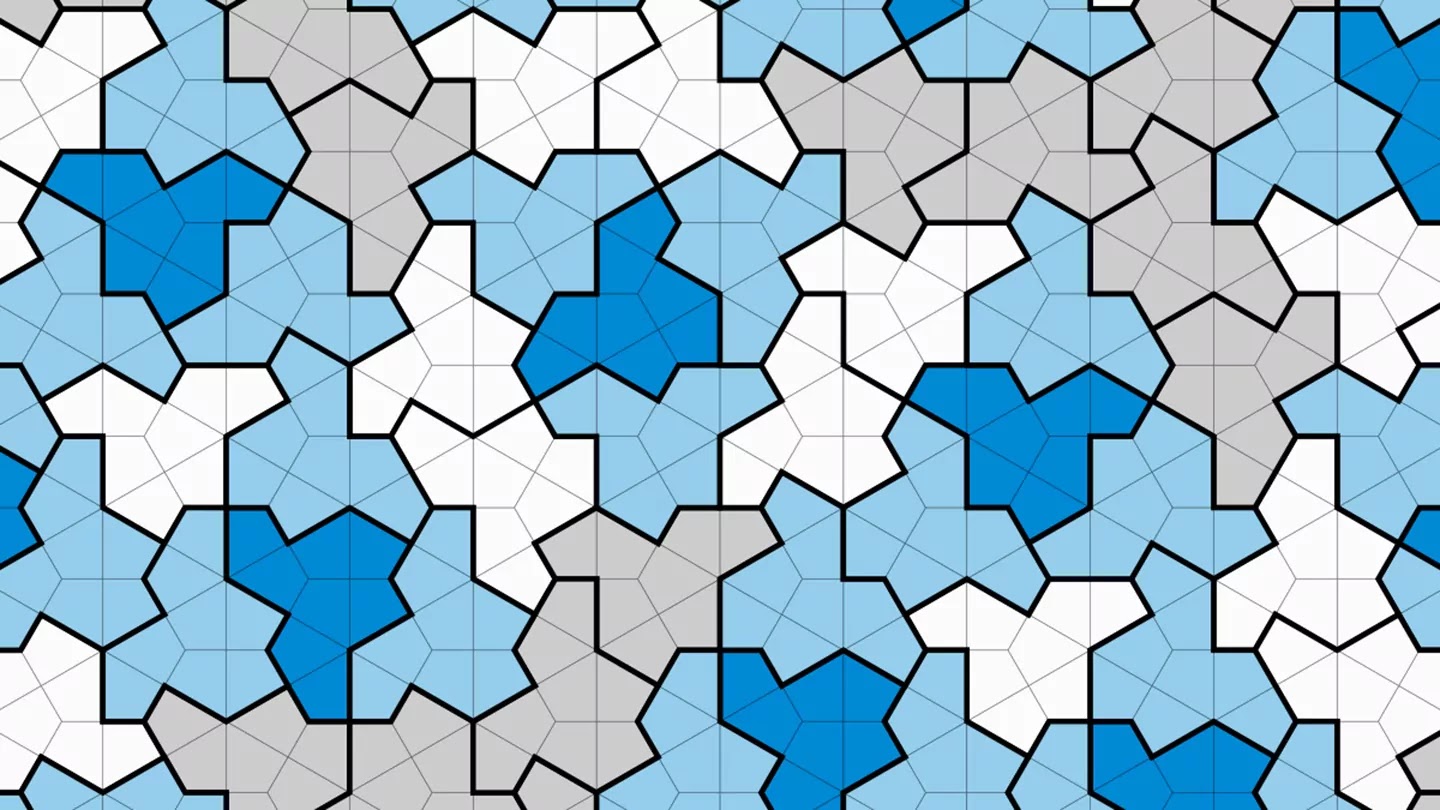Mathematicians Discover New Geometric Shapes for Tiling
Mathematicians are always on the lookout for new and exciting discoveries in their field. Recently, they have made some exciting breakthroughs in the realm of tiling with the discovery of new geometric shapes that can be used to create unique and never-repeating patterns on walls and floors. In this article, we will explore some of these recent discoveries and their potential applications.
New Geometric Shapes for Tiling
One of the most exciting discoveries in this field is the Einstein tile, which was discovered by mathematicians at the University of Washington. This unique tile has a pentagon shape and can be used to create patterns that never repeat. This means that if you were to tile a wall or floor with these tiles, you would never see the same pattern twice. This discovery has the potential to revolutionize the way we design and decorate our spaces.
Also Read:Another recent discovery is the discovery of a new 13-sided shape that can be used for tiling. This shape, called a scutoid, was discovered by a team of scientists at the University of Seville in Spain. The scutoid is a complex shape that has a curved surface and can be used to create non-repeating patterns on walls and floors.
Potential Applications
These new discoveries in tiling have many potential applications in various fields. In architecture, the use of these new shapes could lead to more interesting and visually appealing designs for buildings. It could also lead to more efficient use of space in buildings, as the use of non-repeating patterns can make spaces appear larger than they actually are.
In art and design, the use of these new shapes could lead to the creation of more unique and interesting patterns for textiles, wallpaper, and other decorative items. The use of non-repeating patterns can add visual interest and depth to these items, making them more appealing to consumers.
Finally, these new shapes could have applications in the field of mathematics itself. By studying these new shapes and patterns, mathematicians can gain a better understanding of geometry and topology, and potentially discover new mathematical principles and theories.
So, the recent discoveries of new geometric shapes for tiling have the potential to revolutionize the way we design and decorate our spaces. These new shapes allow for the creation of non-repeating patterns that are visually interesting and can add depth and dimension to any space. The potential applications of these new shapes are vast, and could have implications in the fields of architecture, art and design, and mathematics itself. It will be exciting to see what new discoveries are made in this field in the years to come.
Read More:- Are Portable LED Lights Worth the Investment? A Comparison of Olight Obulb Pro and Philips Hue Go
- Dell Inspiron 16 Plus 7630: A Powerful Laptop for Work and More
That's it for this article.
Thanks for Visiting Us – fixyanet.com



0 Comments